
- Over 1,000 pilgrims have died of the heat while attempting to visit the sacred shrine in Mecca.
- An International Rights Organization is asking for help to stop the execution in Pakistan of a young Christian man charged with blasphemy for comments he allegedly made in a private conversation when he was 16.
3. The State of Louisiana is ordering that a version of the Ten Commandments (in English, obviously) be posted in all public classrooms.
The relationship between number two and three hits you in the face. “Blasphemy” would be the commandment “Thou Shalt not Take the Name of God in Vain” taken to its extremes, which it has been, many times through history. What Blasphemy really means is “Thou Shalt Not Disagree with Our Official Version of Things”. God has nothing to do with it. William Tyndale, the man who first translated the Bible into English, was burned at the stake for it and, not to forget the big one, blasphemy was one of the charges that led to the conviction and execution of Jesus of Nazareth. It’s a power game and always has been.
The fact that such things are still being done by organized governments in a world that has the internet reporting on them pushes the boundaries of belief to say the least. The fact that a posting of a specific version of the commandments is being required in a country built upon the separation of church and state is almost incomprehensible - and this particular State Law was in part enacted with the intent of inspiring legal challenges that will place the very foundations of the First Amendment in front of a conservative Supreme Court. Louisiana isn’t yet threatening to execute anyone who tears the commandments off a classroom wall, but they’re opening a door to the same kind of thinking that would. This brings us to number one.
All Muslims must make the Hajj pilgrimage at some point in their lives. Several million do each year. Arabia is a hot country, but when the practice of the pilgrimage began, modern industry, fueled in part by fossil fuels taken from the ground beneath that country’s sand, had not pushed the temperature to a point of human fatality. The fact that the pilgrims come anyway, despite the temperature, speaks to the force that’s driving all three of these events: the human NEED TO BELIEVE.
Simply put, our biology isn’t enough for us and never has been – not since the first artist drew a picture of a deer on a cave wall in the hopes it would help his tribe in the hunt. Just being alive isn’t enough. We need to feel a connection to a higher power, and to share in that power. “With God on Our Side” isn’t just a song. It’s what’s driving Pakistanis to kill a teenager, Louisiana politicians to declare their beliefs as “The American Way of Life” and Muslims to put their mortal lives at the mercy of the elements.
That force is responsible for much of the damage humans have done to one another through history – wars, persecutions, dictatorship, slavery. It is also responsible for most of the good - acts of kindness and mercy, art, music and oddly enough, science – human ingenuity twisting nature into doing things our way, from agriculture to light bulbs to space ships. It all comes from the same place – religion, science, everything that makes us human.
We can’t live without faith. None of us can, or do. Harnessing that human need to believe is the challenge of our times. We need to harness the negative side, the drive to force others to believe as we do, before it takes us into a new Dark Ages - and the positive side, before our scientific ingenuity makes our entire planet as unlivable as Mecca was for so many pilgrims.
We have a lot of work to do.
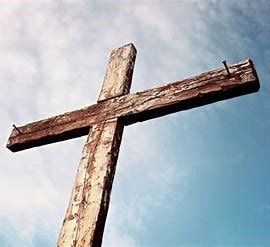
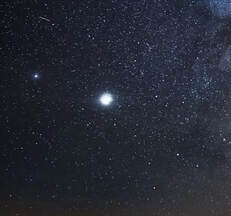
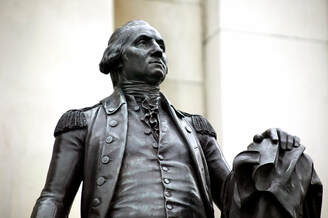

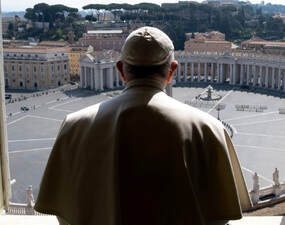
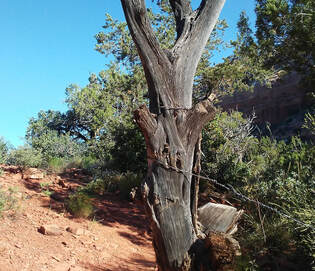
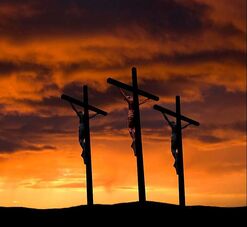
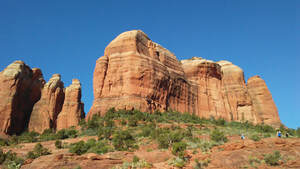
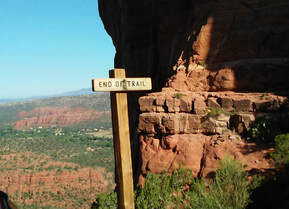
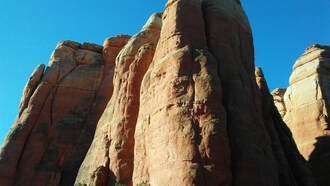
 RSS Feed
RSS Feed